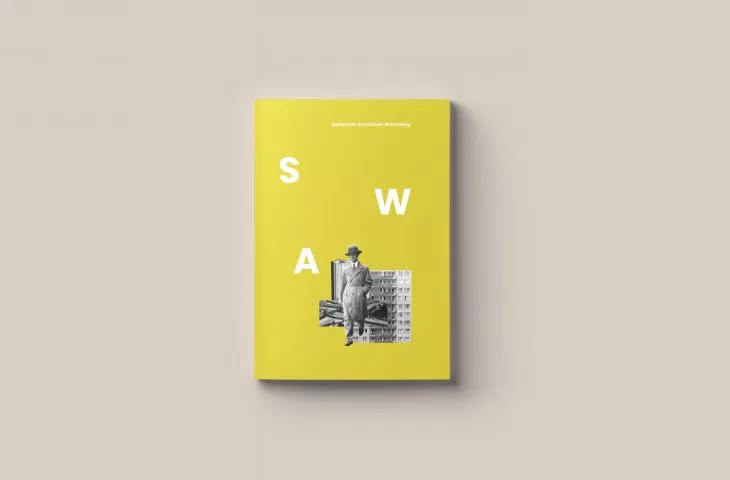On the initiative of the Maslaw Association, which for several years has been digitizing the private photographic collections of Varsovians, a unique album has been created - the Social Archive of Warsaw, whose authors are residents of the capital.
The protagonists of the album are amateur photos of the city taken exclusively for the family collection. The residents' private albums tell the history of the capital - showing how buildings rose and fell, how Warsaw's space evolved and how life on the streets changed. Using photographs designed to document family history, the Social Archive of Warsaw shows how the city has changed.
The oldest of the photographs included in the album date back to the 1930s, while the youngest include frames from the 2000s. They present various spaces of Warsaw - from monuments and landmarks, to parks and squares, to neighborhoods and houses.
1950s.
photo: collection of Aldona Szpejn | Social Archives of Warsaw (SAW).
The photographs collected at SAW show these buildings in the context of ordinary life. Rarely is the building itself the hero of the photo. Most often it plays a supporting role, appearing in the background of a frame from a Sunday walk, an important event or a city tour. The leading roles are played by people," writes Patrycja Jastrzębska, initiator of the Social Archive of Warsaw, in the introduction to the album.
An important part of the publication is the chapter devoted to buildings that are no longer on the map of the capital - thanks to the watchful eyes of residents, it was possible to capture in photographs the last days of the legendary Supersam or the demolition of the Moskwa cinema. The album also does not lack important moments in the life of the capital, such as the funeral of Jozef Pilsudski, the construction of the W-Z route and the exhibition of pedigree dogs at the 10th-Anniversary Stadium. Viewing the album, one can not only trace the changes taking place in the architecture and history of Warsaw, but also in the changing fashion, lifestyle of the capital's residents and developing transportation.
aerial view of the Estate behind the Iron Gate, Lubomirski Palace after it was turned around in the spring of 1970.
Photo: Antoni Śpiewak, collection of Agnieszka Sternicka | Social Archive of Warsaw (SAW).
The Social Archive of Warsaw album is a free publication. The first copies went to donors who enriched the SAW collection with their photographs and to participants in the premiere meeting. More will go to libraries, among others.
The Social Archive of Warsaw is a project carried out by the Maslaw Association - creators, among others, of the "Tu było, tu stało" map, which shows Warsaw buildings demolished and transformed after 1989. Since 2016, the association has been collecting and digitizing the private archives of Warsaw residents. The photos that have been collected so far can be viewed on the project's website.































